In today’s era, a superior camera has become a crucial necessity for smartphones. Given that not everyone lugs around a DSLR camera for capturing moments, it becomes imperative for the smartphone in your possession to feature an exceptional camera. This ensures the capability to capture high-quality photos on the go.
Determining the paramount camera phone globally poses a challenge due to the abundance of top-tier smartphone cameras. To facilitate this ranking, we turn to DxOMark, relying on their scores for various smartphones. Let’s delve into the list of the world’s ten best camera phones, as per the DxOMark evaluations of these devices.
Top 10 Best Camera Smartphones in the World (2024)
Huawei Mate 60 Pro+
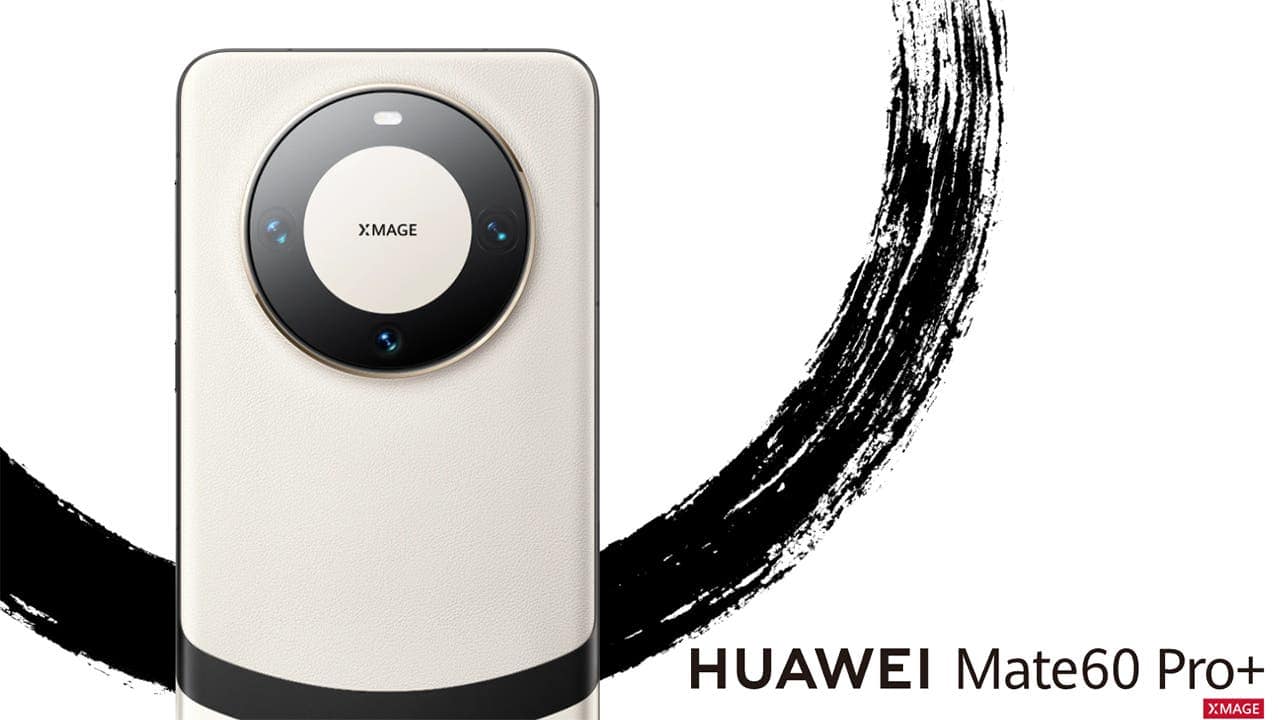
The Huawei Mate 60 Pro+ sets new standards for premium camera capabilities. Despite the absence of Google services, it stands out with a 6.82-inch curved OLED display boasting a QHD+ resolution and a seamless 120Hz refresh rate. Delivering a powerful performance, the device is equipped with a tri-cluster CPU and a 24-core Mali-G710 GPU, driven by Huawei’s Kirin 9000S processor.
A key feature is its innovative camera system, incorporating XD Optics technology. This system comprises a 48MP primary sensor, a 48MP periscope telephoto lens (with 5x optical zoom), and a 40MP ultrawide lens. With a substantial 5000mAh battery, 88W SuperCharge capability, and outstanding cameras, the Mate 60 Pro+ proves to be an appealing choice, particularly in regions where Huawei’s ecosystem is prominent.
Huawei Mate 60 Pro+ Camera Specifications
| Lens, Sensor size, and resolution |
|
| Image Stabilization | OIS + EIS |
| Night Mode | Night mode photography |
| Video Recording capabilities | 4K@30/60fps, 1080p@30/60/120/240/480fps, 720p@960fps, 720p@3840fps, HDR |
| Selfie Camera | 13 MP, f/2.4, 18mm (ultrawide)TOF 3D, (depth & biometrics sensor) |
| Software Features | Macro Mode, Pro Photography, Night mode video |
In a pleasantly predictable manner, iPhones have maintained a consistent yet refined approach to smartphone cameras over their 17-year existence. Users of iPhones have become well-acquainted with the familiar UI and features, witnessing incremental tweaks and improvements over time. The iPhone 15 Pro Max, in keeping with this tradition, introduces a notable enhancement with its new 5X telephoto lens featuring a tetraprism design.
Enhancing image processing capabilities, the device incorporates the latest A17 Pro SOC. Addressing previous lens flair issues found in iPhones, a new lens coating has been introduced. Moreover, the inclusion of the new USB C 3 port allows users to record ProRAW videos directly onto external storage, serving as an additional bonus feature.
iPhone 15 Pro Max Camera Specifications
| Lens, Sensor size, and resolution |
|
| Image Stabilization | Sensor-Shift Stabilization |
| Night Mode | Auto Night Mode, Night Portrait Mode, Night Video mode |
| Video Recording capabilities | 4K@24/25/30/60fps, 1080p@25/30/60/120/240fps, 10-bit HDR, Dolby Vision HDR (up to 60fps), ProRes, Cinematic mode (4K@24/30fps), 3D (spatial) video, stereo sound rec. |
| Selfie Camera | 12 MP, f/1.9, 23mm (wide), 1/3.6″, PDAF |
| Software Features | Auto Night Mode, After shot portrait for humans, Dogs and Cats, Night Portrait mode using LiDAR |
Apple iPhone 15 Pro
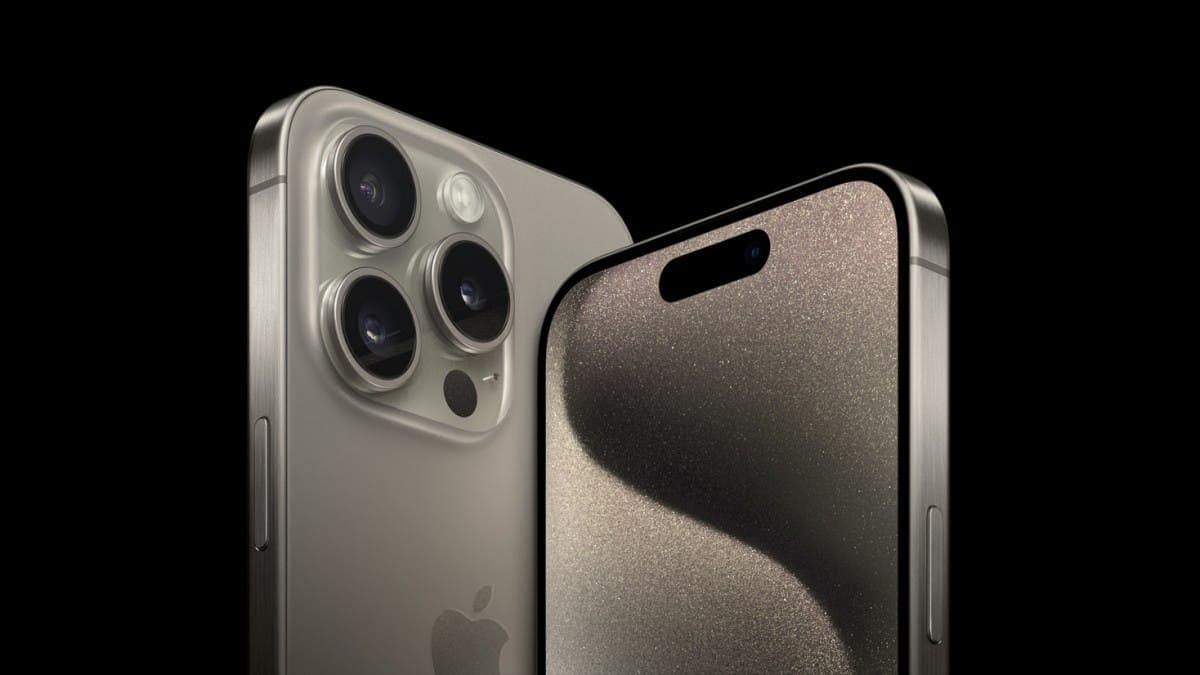
The Apple iPhone 15 Pro shares the same impressive camera configuration as its counterpart, the iPhone 15 Pro Max. Highlighting a triple camera setup, it is led by a 48MP primary camera, a 12MP periscope telephoto camera capable of up to 5X zoom, and a 12MP ultrawide camera boasting a wide field of view at 120˚.
So, Apple proudly touts the iPhone 15 Pro as having “seven pro lenses in your pocket,” emphasizing the advanced nature of the 48MP main camera, which promises to capture a new level of detail and color. Fueled by the latest Apple A17 Pro SoC, the phone features a 6.1-inch Super Retina XDR OLED display for an immersive visual experience.
iPhone 15 Pro Camera Specifications
| Lens, Sensor size, and resolution |
|
| Image Stabilization | Sensor-Shift Stabilization |
| Night Mode | Auto Night Mode, Night Portrait Mode, Night Video mode |
| Video Recording capabilities | 4K@24/25/30/60fps, 1080p@25/30/60/120/240fps, 10-bit HDR, Dolby Vision HDR (up to 60fps), ProRes, Cinematic mode (4K@24/30fps), 3D (spatial) video, stereo sound rec. |
| Selfie Camera | 12 MP, f/1.9, 23mm (wide), 1/3.6″, PDAF |
| Software Features | Auto Night Mode, After shot portrait for humans, Dogs and Cats, Night Portrait mode using LiDAR |
Google Pixel 8 Pro
![]()
Google’s Pixel series has become synonymous with outstanding photography, consistently delivering images that stand unmatched among smartphone cameras. Despite the absence of flashy specs like a 10X optical zoom or a 200MP sensor in the Google Pixel 8 Pro’s spec sheet, this shouldn’t mislead you into perceiving it as an average camera system.
The strength of the Pixel lineup lies in computational photography, particularly in post-processing. Google works its magic in this phase, and the Pixel 8 Pro takes it a step further with a host of new and remarkable features that can only be described as pure sorcery. The emphasis on computational techniques ensures that the Pixel series continues to set a benchmark for smartphone photography.
Pixel 8 Pro Camera Specifications
| Lens, Sensor size, and resolution |
|
| Image Stabilization | OIS + EIS |
| Night Mode | Night Sight, Astro Photography |
| Video Recording capabilities | 4K@30/60fps, 1080p@24/30/60/120/240fps, gyro-EIS, OIS, 10-bit HDR |
| Selfie Camera | 4K@30/60fps, 1080p@24/30/60/120/240fps |
| Software Features | Magic Eraser, Video Boost, Clear Voice, Human and Animal Portrait |
Oppo Find X6 Pro
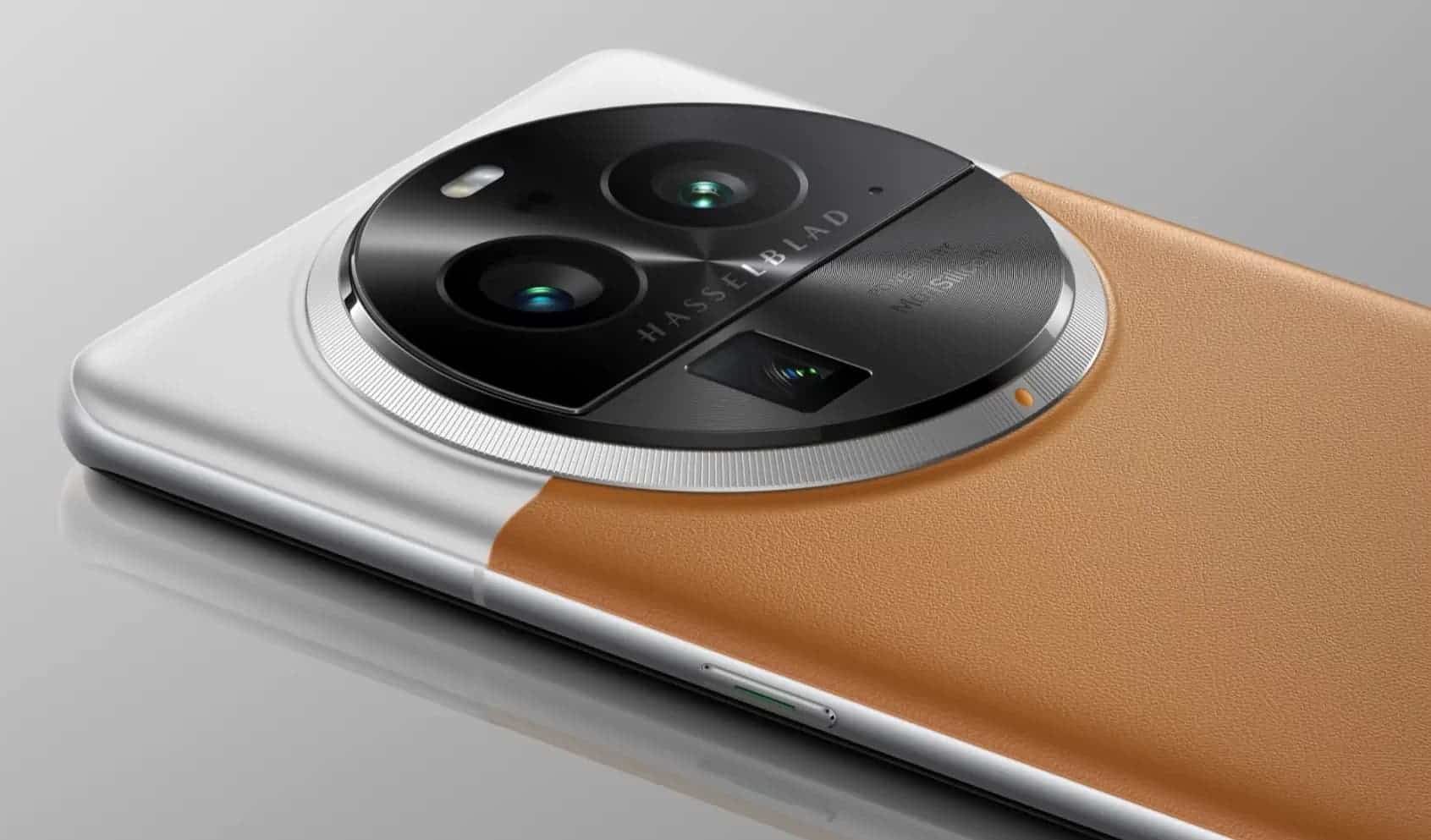
So, the Oppo Find X6 Pro stands out with its expansive 6.82-inch display and a prominent circular camera array housing three impressive 50MP sensors, catering to primary, ultrawide, and periscope telephoto functions. Powered by the Qualcomm Snapdragon 8 Gen 2 processor and featuring Oppo’s MariSilicon X image NPU with Hasselblad tuning, the device offers advanced imaging capabilities.
Gizchina News of the week
Additionally, the camera excels in producing vibrant images, with its 120x super zoom adding an artistic touch. Despite its substantial size, the Oppo Find X6 Pro compensates with an extended battery life and an impressive 100W charger that can fully charge the device in just 30 minutes. Beyond its distinctive appearance, the Oppo Find X6 Pro presents itself as a robust flagship, poised to compete internationally beyond its initial launch in the Chinese market.
Oppo Find X6 Pro Camera Specifications
| Lens, Sensor size, and resolution |
|
| Image Stabilization | 6 Axis OIS + EIS |
| Night Mode | Super Night Mode Photography, Night Mode portrait |
| Video Recording capabilities | 4K@30/60fps, 1080p@30/60/240fps; gyro-EIS; HDR, 10‑bit video, Dolby Vision |
| Selfie Camera | 32 MP, f/2.4, 21mm (wide), 1/2.74″, 0.8µm, PDAF |
| Software Features | AI Portrait, Pro Portrait Mode, Super steady video mode, portrait video mode |
Honor Magic 5 Pro
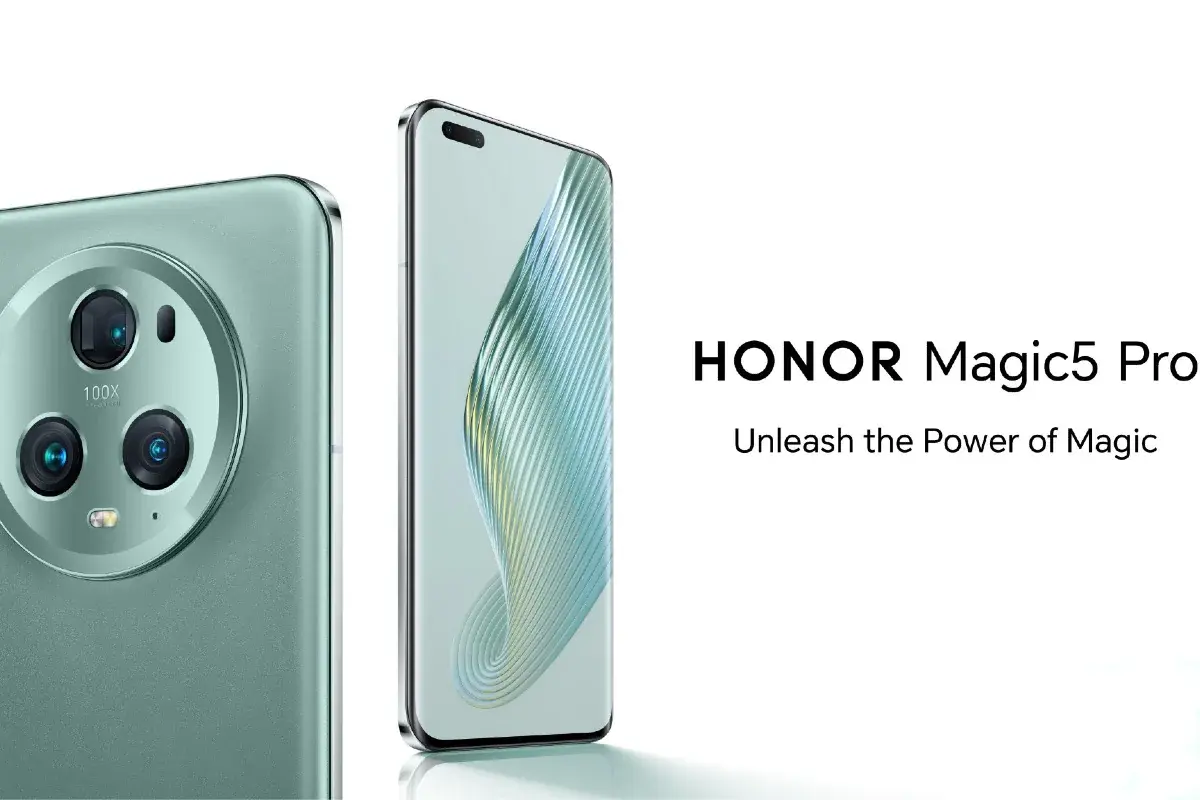
The Honor Magic 5 Pro boasts a sophisticated three-camera setup, featuring a 50MP primary camera complemented by a 50MP 122° ultrawide camera and a 50MP periscope telephoto lens offering 3.5X zoom. Additionally, the device includes a TOF sensor for 3D depth mapping, along with a flicker sensor, multi-spectrum color, and temperature sensor designed to minimize flickering during shooting and enhance the true beauty and vivid color in captured shots.
So, equipped with the Snapdragon 8 Gen 2 SoC, which was the flagship chipset from Snapdragon in the previous year, the Honor Magic 5 Pro ensures powerful performance. The device sports a 6.81-inch 2K display, elegantly curved on all four sides for an immersive visual experience.
Honor Magic 5 Pro Camera Specifications
| Lens, Sensor size, and resolution |
|
| Image Stabilization | OIS + EIS |
| Night Mode | Auto Night Mode, Night Portrait Mode, Night Video mode |
| Video Recording capabilities | 4K@30/60fps, 1080p@30/60fps, gyro-EIS, HDR10, 10-bit video |
| Selfie Camera | 12 MP, f/2.4, 100˚ (ultrawide), 1.22µmTOF 3D, (depth/biometrics sensor) |
| Software Features | Macro Mode, Pro Photography, Night mode video |
Oppo Find X6
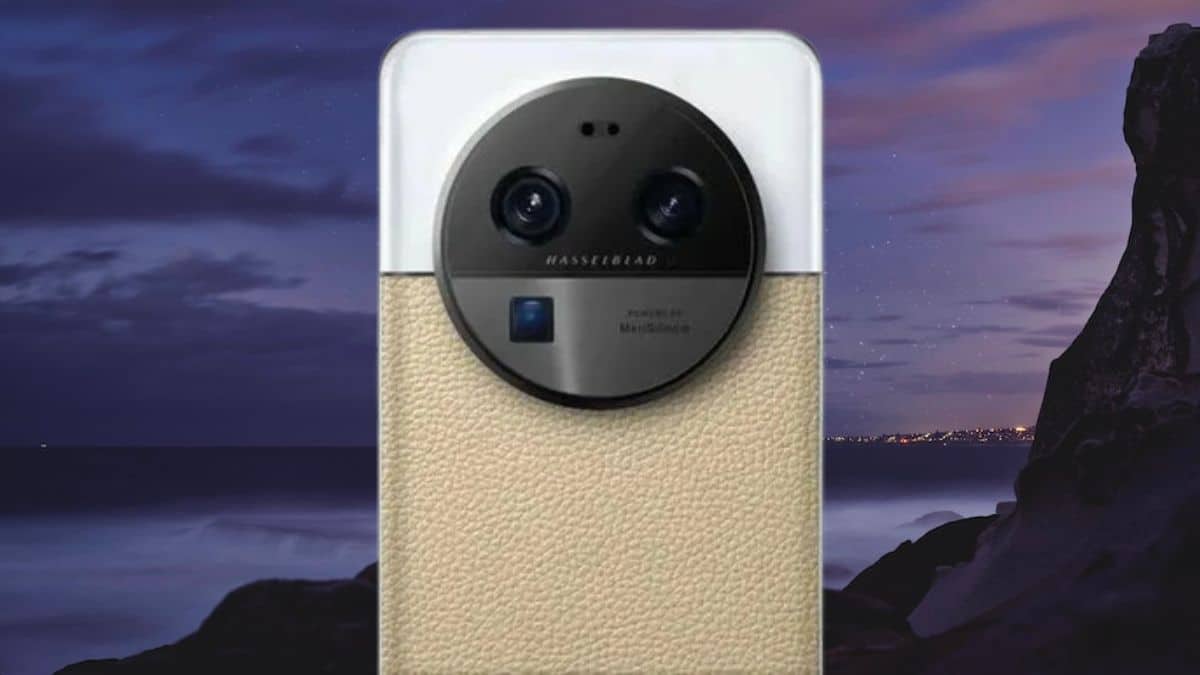
The Oppo Find X6, the non-Pro variant of Oppo’s flagship lineup, earns its spot on this list with a compelling set of features. Housing a triple camera setup, it includes a 50MP primary camera, complemented by a 112° ultrawide camera and a 2.8X periscope telephoto lens. On the front, the phone boasts a 32MP selfie shooter.
So, notably, the Oppo Find X6 proudly carries the Hasselblad branding for its cameras, signaling a commitment to quality imaging. It incorporates the MariSilicon X imaging NPU and employs a slightly different sensor arrangement compared to its Pro counterpart. Running on the Mediatek Dimensity 9200, the device features a 1.5K AMOLED display with a generous size of 6.74 inches.
Oppo Find X6 Camera Specifications
| Lens, Sensor size, and resolution |
|
| Image Stabilization | 6 Axis OIS + EIS |
| Night Mode | Super Night Mode Photography, Night Mode portrait |
| Video Recording capabilities | 4K@30/60fps, 1080p@30/60/240fps; gyro-EIS; HDR, 10‑bit video |
| Selfie Camera | 32 MP, f/2.4, 21mm (wide), 1/2.74″, 0.8µm, PDAF |
| Software Features | AI Portrait, Pro Portrait Mode, Super steady video mode, portrait video mode |
Vivo X100 Pro
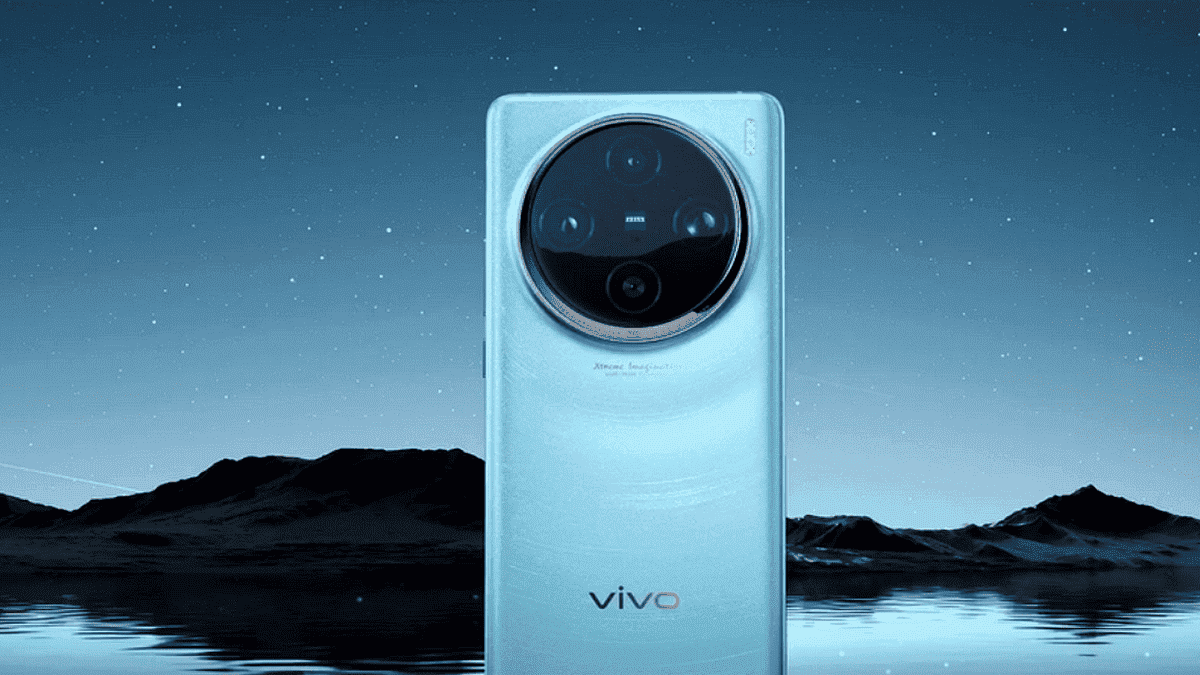
So, the Vivo X100 Pro stands out as a camera-centric marvel, boasting a delightful 6.78-inch OLED display that supports variable refresh rates ranging from 120Hz to 1Hz. Its cutting-edge camera system comprises a 50MP primary lens, an autofocusing ultrawide lens capable of macro shots, and an exclusive 100mm periscope telephoto lens featuring 4.5-stop optical stabilization.
Fueled by the Sony IMX 989 sensor, the primary camera captures 12.5MP photos, while the 32MP selfie camera further elevates its photography capabilities. Functioning as a compact powerhouse, the X100 Pro revolutionizes mobile photography in just 120 words. The user-friendly camera app offers diverse settings, and a robust Pro mode allows for extensive customization.
Vivo X100 Pro Camera Specifications
| Lens, Sensor size, and resolution |
|
| Image Stabilization | Sensor-Shift stabilization, Gimbal Stabilization, OIS |
| Night Mode | Pro Night Mode, Starry Sky Mode, |
| Video Recording capabilities | 8K, 4K, 1080p, gyro-EIS, Cinematic mode (4K) |
| Selfie Camera | 32 MP (wide), f/2.0 |
| Software Features | Zeiss optics, Pro Video Mode, Pro color mode |
Huawei Mate 50 Pro
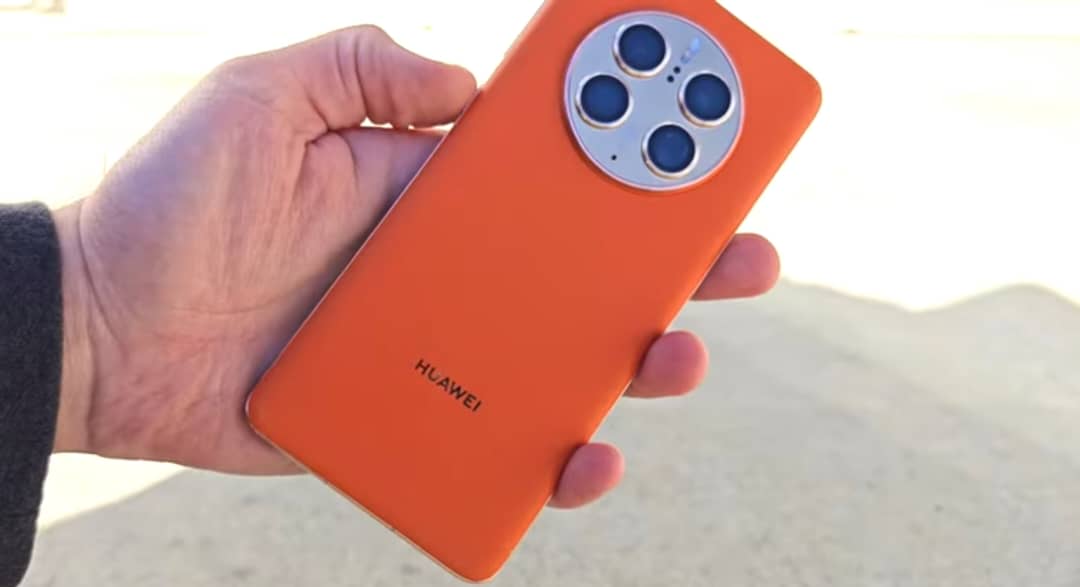
So, the Huawei Mate 50 Pro, the predecessor to the Mate flagship, secures its place as the final entry on this list. This device features a potent triple camera setup, encompassing a 50MP primary camera, a 13MP 120° ultra-wide camera, and a 64MP periscope zoom lens offering a 3.5X optical zoom. At the front, a 13MP selfie shooter enhances the camera capabilities.
Also, Huawei dubs this camera system the Ultra Aperture XMAGE camera, equipped with the ability to automatically adjust the aperture for optimal shots in any lighting condition. Additionally, it provides users with a choice of 10 different aperture sizes for further customization.
Fueled by the Snapdragon 8+ Gen 1 SoC, the Huawei Mate 50 Pro boasts a 6.74-inch OLED display with a sharp 1.5K resolution.
Huawei Mate 50 Pro Camera Specifications
| Lens, Sensor size, and resolution |
|
| Image Stabilization | OIS + EIS |
| Night Mode | Night mode photography |
| Video Recording capabilities | 4K@30/60fps, 1080p@30/60/120/240/480fps, 720p@960fps, 720p@3840fps, HDR, gyro-EIS |
| Selfie Camera | 13 MP, f/2.4, 18mm (ultrawide)TOF 3D, (depth & biometrics sensor) |
| Software Features | Macro Mode, Pro Photography, Night mode video |
Key factors to keep in mind when buying a camera phone
When considering a camera-centric phone, there are several key factors to keep in mind to ensure you make an informed decision:
-
Camera Specifications:
- Pay attention to megapixel count, aperture size, and lens quality. Higher megapixels don’t guarantee better image quality; factors like sensor size and lens quality are equally crucial.
- Features like optical image stabilization (OIS) and wider apertures can enhance low-light performance.
-
Image Processing:
- The quality of image processing significantly influences the final output. Phones with powerful processors and advanced image processing capabilities, like Google Pixel and iPhones, often deliver superior photo processing.
-
Low-Light Performance:
- Assess the camera’s performance in low-light conditions, a common challenge in smartphone photography.
- Look for features such as Night Mode and larger aperture size, which can significantly improve the camera’s ability to capture detailed and crisp photos in low-light situations.
-
Camera Features and Modes:
- Consider additional functions and shooting modes such as HDR, portrait mode, and macro mode to enhance your photography experience.
- Some phones offer advanced options like Pro mode, allowing manual adjustment of shutter speed, ISO, and white balance for greater creative control.
-
Video Recording Capabilities:
- Also, for users who prioritize video recording, evaluate the camera’s video capabilities.
- Check supported resolutions, frame rates, and stabilization features. Some smartphones provide advanced video recording options like 4K resolution, optical or electronic image stabilization (OIS or EIS), and enhanced audio recording.
So, by carefully considering these aspects, you can make an informed decision and choose a camera phone that aligns with your specific photography and videography needs.

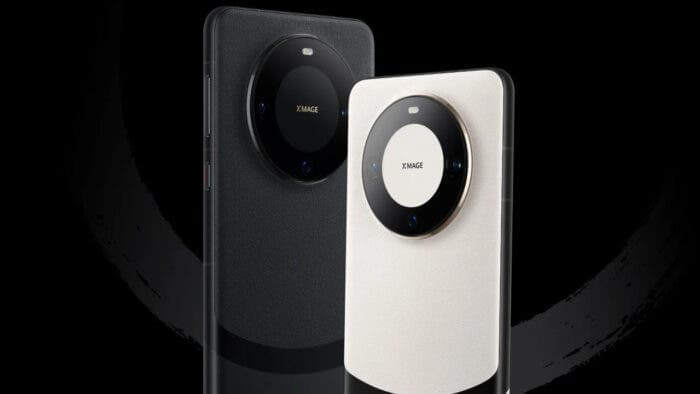
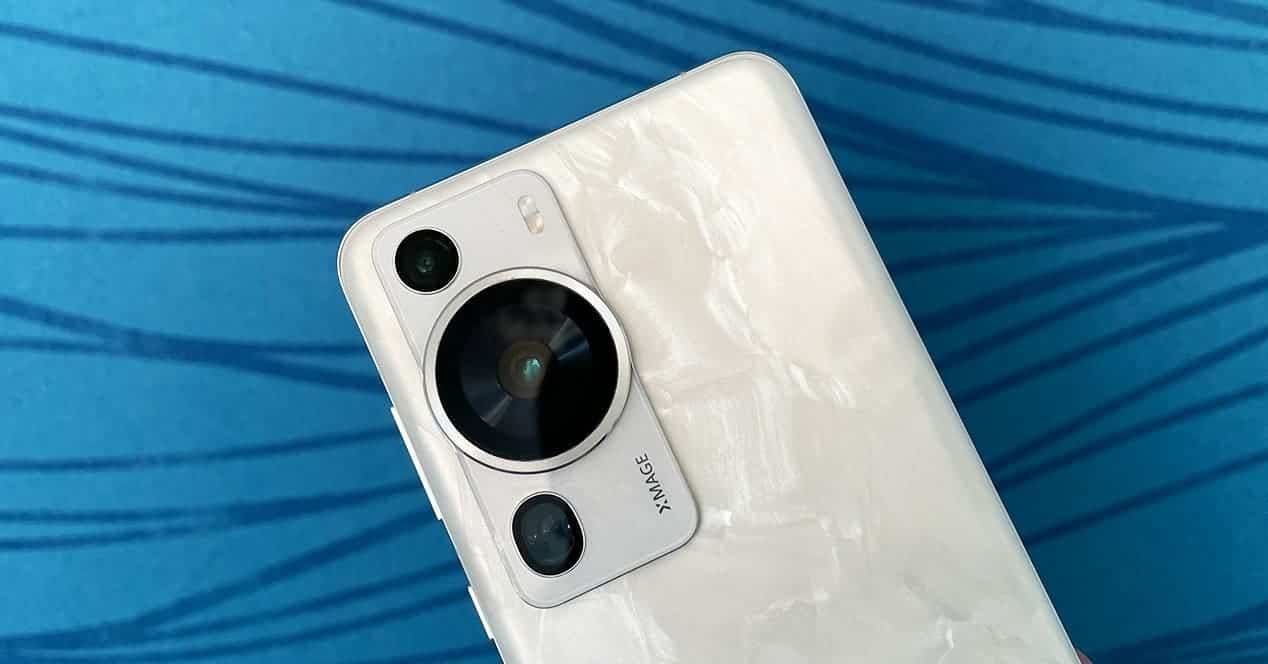
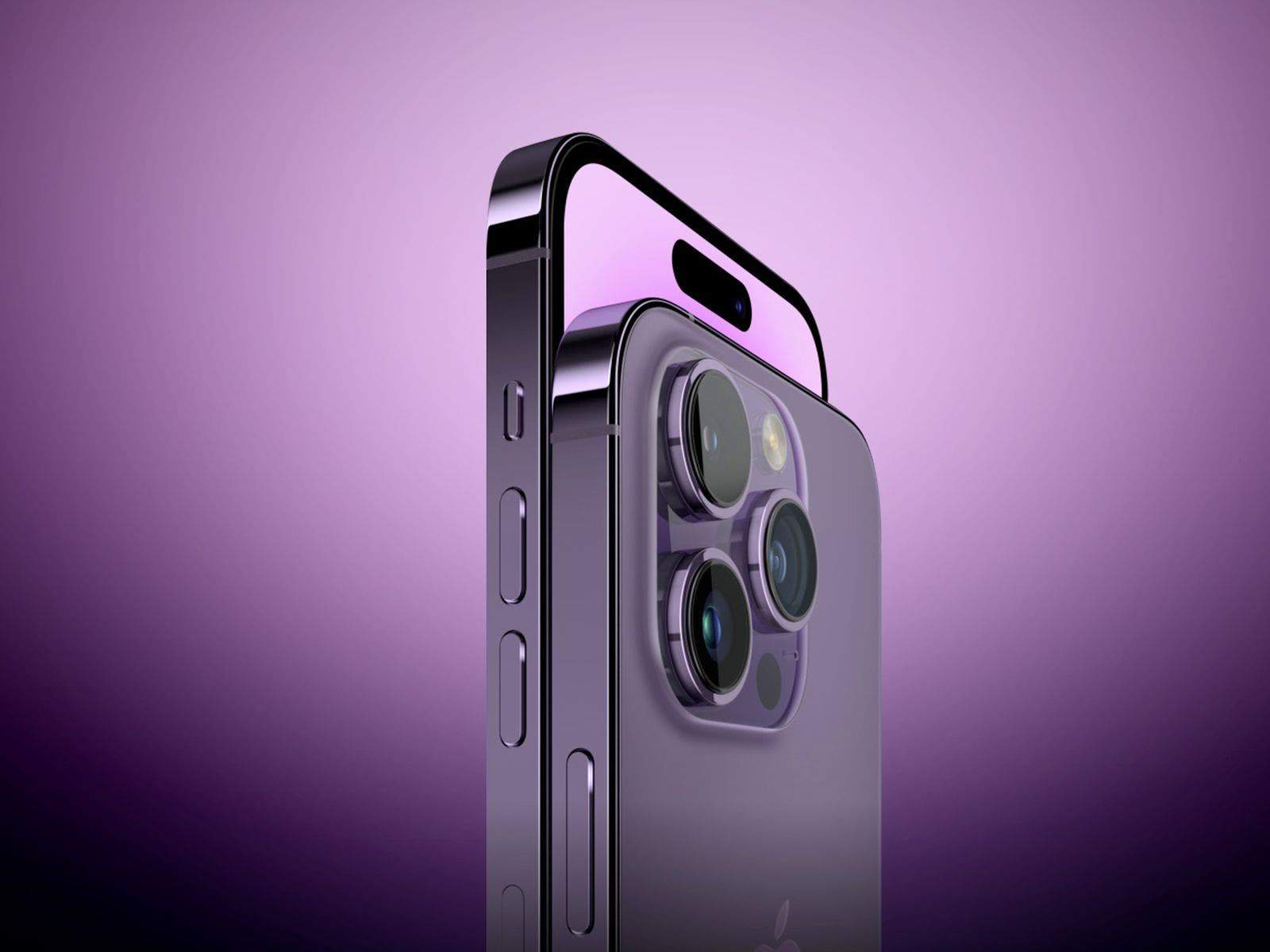
Xiaomi???